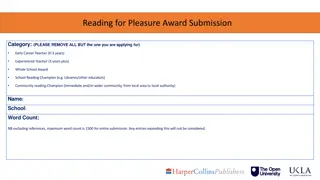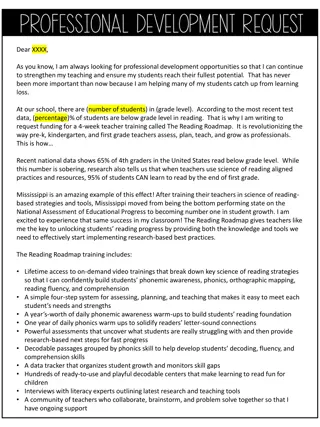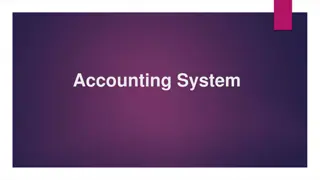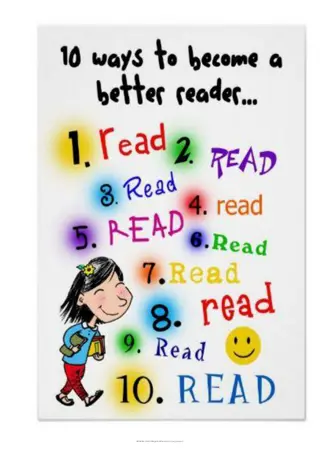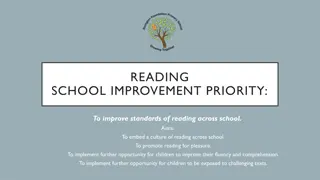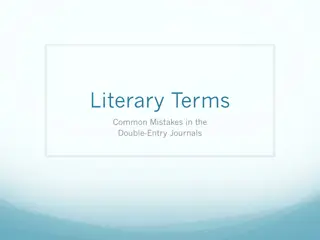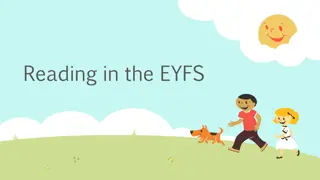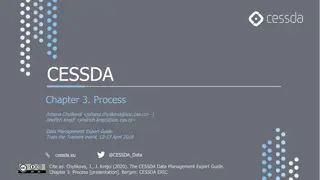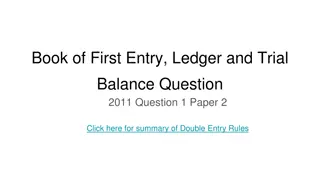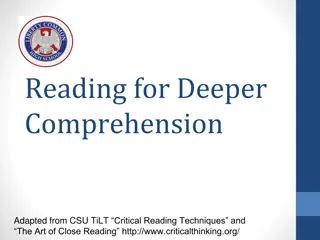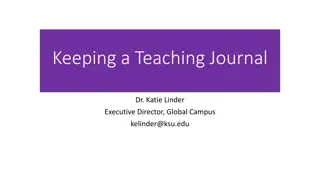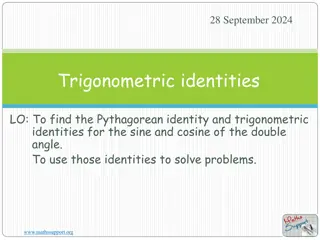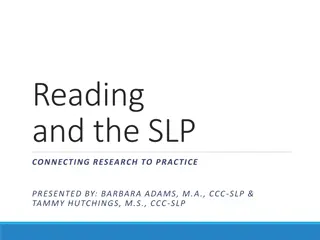Effective Double-Entry Journaling for Deeper Reading Engagement
Double-Entry Journaling is a powerful method to engage actively with reading, promote deeper comprehension, and facilitate effective study guides. This technique involves dividing a document into two columns, where the left column contains quotes, main ideas, and confusing passages, while the right column encourages reflection and critical thinking. Utilizing a Double-Entry Journal enhances your reading experience, aids in processing information, and can serve as a valuable resource for academic papers.
Download Presentation

Please find below an Image/Link to download the presentation.
The content on the website is provided AS IS for your information and personal use only. It may not be sold, licensed, or shared on other websites without obtaining consent from the author. Download presentation by click this link. If you encounter any issues during the download, it is possible that the publisher has removed the file from their server.
E N D
Presentation Transcript
Strengths of a Double-Entry Journal Keeps you actively engaged with reading Facilitates much closer reading of a text Helps you process and understand what you have read Can be used as a study guide instead of rereading an entire text You can use quotes and thoughts used in the journal for your papers!
How to Utilize a Double-Entry Journal 1. Divide a piece of paper or document into two vertical columns a. Fold a piece of paper in two b. Draw a line down the center c. Make two columns in your word processor
How to Utilize a Double-Entry Journal Continued 2. Write the title and the author at the top of the page Pro-tip: If you are working electronically, you can copy the citation information from the URI Libraries website and paste that at the top of your document. Now you have the citation ready for when you write your paper!
How to Utilize a Double-Entry Journal Continued 3. Begin reading List quotes from the text and anything that catches your interest from the text in the left column. Respond and reflect to each left column entry in the right column. Why did you think it was important or why did that particular text catch your eye? What other questions do you have?
Double-Entry Journal Example More and more employers are also recognising the importance of soft skills. Recent research at Google is a prime example the study showed that the characteristics of success at the technology firm are skills such as critical thinking, communicating, listening, having empathy, and problem solving; in contrast, technology skills were eighth on the list (Davidson, 2017). Wow! It s really surprising to me that technology skills are so far down on the list. I should look into the Davidson article that is cited. What s the best way to teach these soft skills? Kahu, E. R., & Gerrard, H. (2018). The use of personal experience as a strategy for critical reading and writing. A Practice Report. Student Success, 9(3), 71-77. doi: 10.5204/ssj.v9i3.470
What Goes in the Left Column? Points of interest Main ideas New vocabulary Concepts that you want to research further Passages that resonate with you Passages that confuse you
What Goes in the Right Column? Comments Ideas Notes for further reading Notes on why this is important for your research Drawings Engage with the text!
Give It a Shot! You can use the article provided or bring your own article Fill out a double-entry journal while you read Do at least 1 page Don t stop at 1 page if you don t want to!
Reference List Florida State University. (2020, November 15). Critical Reading Activities. https://wr.english.fsu.edu/College-Composition/The- Inkwell/Critical-Reading-Activities Butte College. (2019, December 19). Double-Entry Reading Journals. http://www.butte.edu/departments/cas/tipsheets/readingstrategies/double_entry.html






